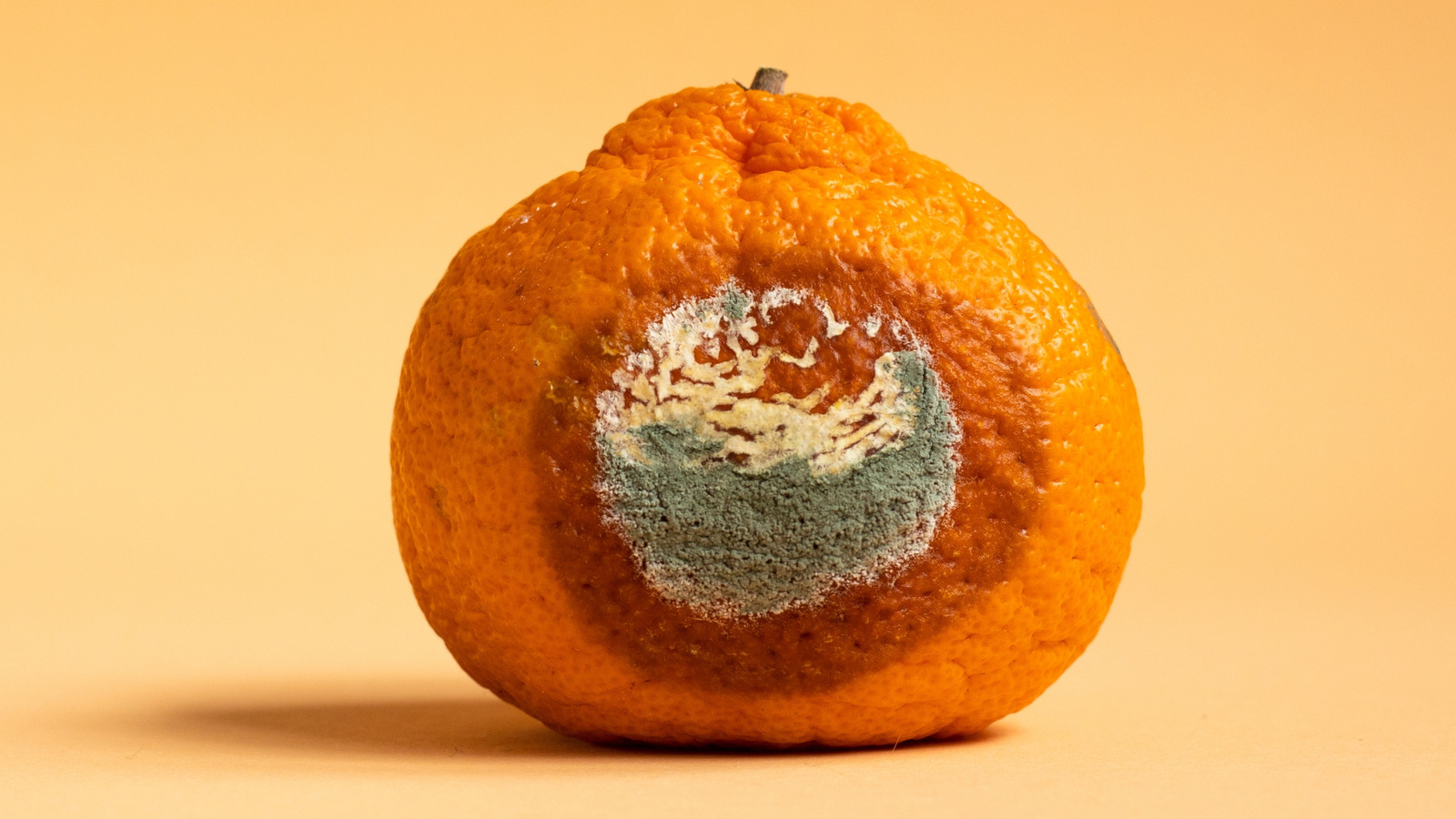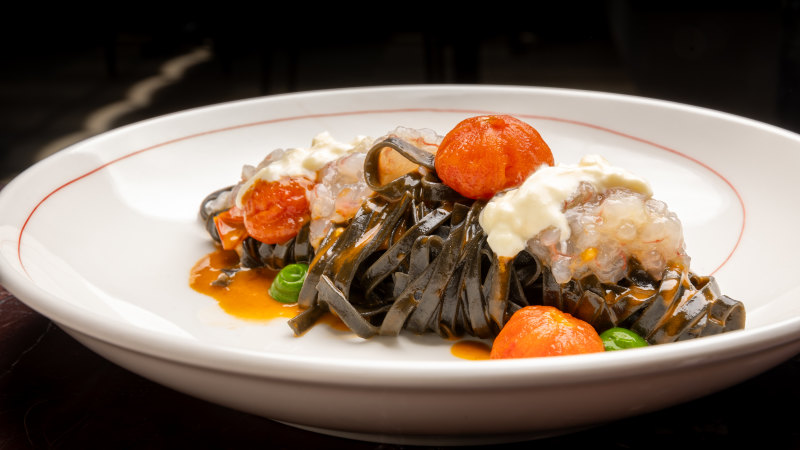It's hard not to panic once you discover that the fruit or on it. After all, we're taught that eating the furry-looking substance can make you sick. But can eating mold actually make you ill, and if so, to what degree? The answer is a little complicated — if you only eat a bite or two of moldy food before you catch the issue, you'll probably be okay.
That's because the acid in your stomach is strong enough to break it down and render it harmless in those who are healthy. But for those who are immunocompromised, there's always a concern that the mold could cause issues such as fungal infections, which means tainted food should be particularly avoided. Unfortunately, there are certain types of mold that can even adversely affect healthy individuals, so it's really not worth taking the risk of eating it, even if you don't want to waste that loaf of bread.
The issue is that if mold is already visible on the surface of your food, there's no telling just how much is actually beneath its surface — your food might be hosting more of the stuff than you realize. What is mold, exactly? In essence, mold is simply microscopic fungi that proliferates by using spores. It lives on plant or animal matter, and nobody actually knows just how many types of it exist in the world.
Molds are simply a natural part of the environment and prefer warmer temperatures and higher humidity to thrive, but that doesn't stop them from living in places like your refrigerator. They just grow more slowly in .

















